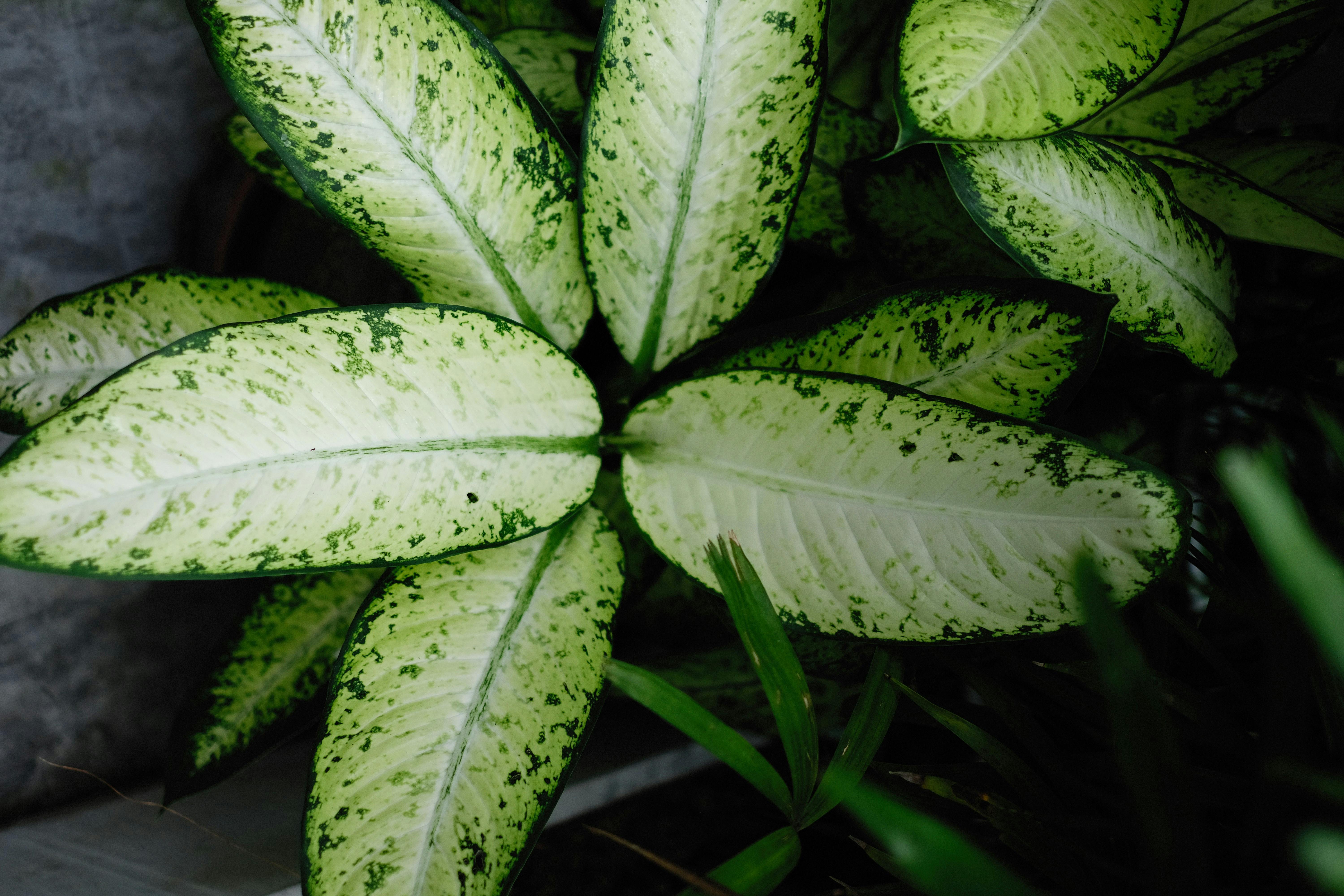Dieffenbachia, also known as Dumb Cane, is a popular houseplant known for its large, vibrant leaves and easy care requirements. Originating from the tropical regions of Central and South America, Dieffenbachia has been cultivated for centuries for its ornamental value and air-purifying properties. With its ability to thrive in low light conditions and low maintenance needs, it has become a staple in many homes and offices around the world.
One key aspect of caring for Dieffenbachia is ensuring proper watering habits. Overwatering can lead to root rot, while underwatering can cause the leaves to droop and yellow. A good rule of thumb is to allow the top inch of soil to dry out before watering, and make sure the pot has good drainage to prevent waterlogging. By monitoring the soil moisture and adjusting watering frequency accordingly, you can help your Dieffenbachia thrive and maintain its lush foliage.
In addition to watering, Dieffenbachia benefits from regular fertilization to support healthy growth. Using a balanced houseplant fertilizer at half the recommended strength every 4-6 weeks during the growing season can help provide the necessary nutrients for optimal development. However, it’s important not to overfertilize, as this can lead to salt buildup in the soil and cause harm to the plant. By following a consistent fertilization schedule, you can promote vibrant foliage and overall plant health.
Another crucial aspect of Dieffenbachia care is ensuring adequate humidity levels. As a tropical plant, Dieffenbachia thrives in humid environments and may struggle in dry indoor conditions. To increase humidity around your plant, you can place it on a tray filled with pebbles and water, use a humidifier, or mist the leaves regularly. By providing the right humidity levels, you can prevent issues such as leaf browning and keep your Dieffenbachia looking lush and vibrant.

1. Light Requirements
Dieffenbachia plants prefer bright, indirect light. Direct sunlight can scorch the leaves, causing them to develop brown edges. Place your plant near an east or north-facing window where it can receive filtered sunlight. If the light is too low, the plant may become leggy, and its growth will slow.
2. Watering
Consistent watering is crucial for Dieffenbachia health. The soil should be kept moderately moist but not soggy. Water the plant thoroughly when the top inch of soil feels dry to the touch. Overwatering can lead to root rot, a common issue with Dieffenbachia. Ensure the pot has good drainage, and avoid letting the plant sit in standing water.
3. Humidity
Dieffenbachia plants thrive in high humidity environments, mimicking their tropical origins. Aim for a humidity level of 60-80%. If your home has dry air, especially in winter, use a humidifier or place the plant on a tray filled with pebbles and water to increase humidity. Regular misting of the leaves can also help maintain moisture levels.
4. Temperature
These plants prefer warm conditions, ideally between 65-75°F (18-24°C). They can tolerate temperatures slightly outside this range but should be kept away from drafts, air conditioners, and heaters, which can cause temperature fluctuations and stress the plant.
5. Soil and Potting
Dieffenbachia prefers well-draining potting soil. A mix designed for houseplants or a combination of peat, pine bark, and perlite works well. Repot the plant every 2-3 years or when it becomes root-bound. Choose a pot that is one size larger than the current one to give the roots space to grow.
6. Fertilizing
Fertilize Dieffenbachia during the growing season (spring and summer) with a balanced, water-soluble fertilizer every 4-6 weeks. Reduce feeding in the fall and winter when the plant’s growth naturally slows. Over-fertilizing can cause salt buildup in the soil, which can harm the plant.
7. Pruning
Regular pruning helps maintain the plant’s shape and encourages bushier growth. Remove any yellow or damaged leaves to keep the plant healthy. Dieffenbachia can also be pruned to control its height. Cut back the stems to the desired length just above a node, where new growth will emerge.
8. Propagation
Dieffenbachia is easily propagated through stem cuttings. Cut a healthy stem just below a node, making sure the cutting has at least one leaf and a few inches of stem. Place the cutting in water or moist potting mix. If using water, wait until roots develop before planting in soil. If planted directly in soil, keep the medium moist until new growth appears.
9. Pest and Disease Management
Common pests that can affect Dieffenbachia include spider mites, aphids, and mealybugs. Regularly inspect the plant for signs of pests, such as webbing, sticky residue, or visible insects. Treat infestations with insecticidal soap or neem oil. Good air circulation and proper watering practices can prevent most fungal and bacterial diseases.
10. Toxicity
Dieffenbachia contains calcium oxalate crystals, which are toxic if ingested. This can cause mouth irritation, swelling, and difficulty swallowing, earning it the name “dumb cane.” Keep the plant out of reach of pets and children, and wear gloves when handling it if you have sensitive skin.

With proper care, a Dieffenbachia plant can be a stunning and long-lasting addition to your home. By providing the right light, moisture, and environment, you can enjoy its lush foliage and natural beauty for years to come. Regular maintenance, including watering, fertilizing, and pruning, will ensure your plant remains healthy and vibrant. Whether you are a seasoned gardener or a beginner, Dieffenbachia is a rewarding plant to grow and nurture.
